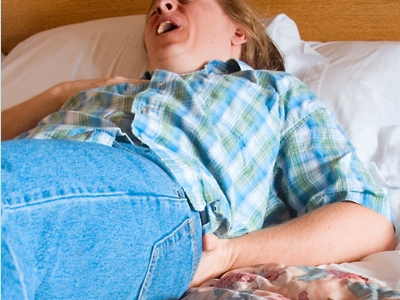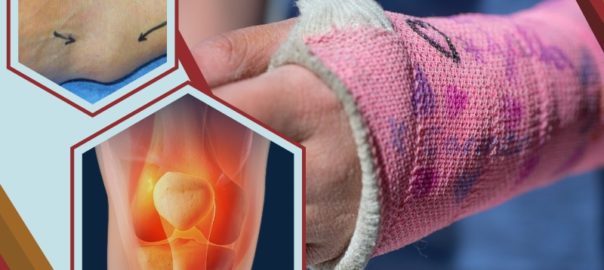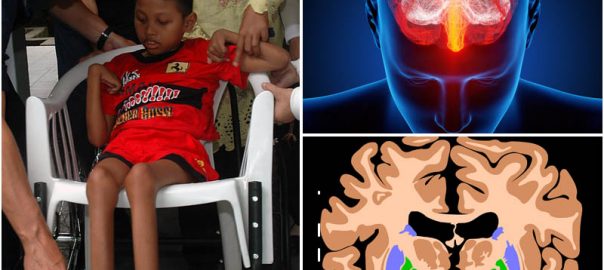There are several signs associated with acute pain since the term itself is quite vague and broad. Conversely, if you’re experiencing acute pain, it’s important to take some time off to rest and receive sufficient treatment. After all, the only way to get back on track as soon as possible is to fully heal. Failing to receive proper care can only lead to complications and even more time off the field to do the things you want to get done.
What Is Acute Pain?
Acute pain is a sensation you feel as soon as you experience an injury. For instance, if you slice open a finger while chopping vegetables, break a bone, or fall down the stairs, you are going to feel acute pain. It’s a signal from your body that it has just undergone physical trauma. Commonly, the pain stops once the injury heals.

Signs of Acute Pain
Acute pain tends to be of relatively short duration. The most common signs of acute pain may include:
- Weakness
- Numbness
- Sharp pain
- Tingling
- Throbbing
- Stabbing pain
- Burning
Common Causes of Acute Pain
Besides blunt trauma examples, a person could also suffer from acute pain because of any of the following reasons:
- Sprains and strains of a body part
- Going to the dentist
- Giving birth
- Infections on a cut
- Getting burned
- Slipping and falling
- Menstrual cramps
- Passing a kidney stone
- Bumping a body part against a hard surface
The range of pain can vary significantly depending on what’s causing it or the severity of the injury.
Effects of Acute Pain
The effects of acute pain extend far beyond an injured body part. Debilitating pain will affect other areas of a person’s life as well. People suffering from severe pain often find it difficult to sleep or lose their appetite because of it. In a worst-case scenario, it may lead to depression or addiction to pain medication, depending on where the pain is located.

Acute Pain Treatment
Every person’s pain is unique, just as every person’s life is unique. It is also important to provide them with the right pain management treatments and medications. People differ in their pain treatment to ensure that they receive effective treatment based on their unique characteristics.
Initial treatment may include some of the following:
- Opioid medications
- Muscle relaxant medications
- Nonsteroidal anti-inflammatory drugs (NSAIDs)
- Stress reduction
- Resting the affected part of the body
- Application of heat or ice
- Physical therapy
- Exercise
- Bioelectric therapy
A secondary tier of treatments may include
- Antidepressant medications
- Anticonvulsants
- Steroid injections to reduce tissue inflammation
- Acupuncture
- Nerve blocks
- Trigger point injections to treat muscle spasms
Recommended medication:
- Tramadol – this drug is a narcotic-like pain reliever that is effective in managing acute and chronic pain.









